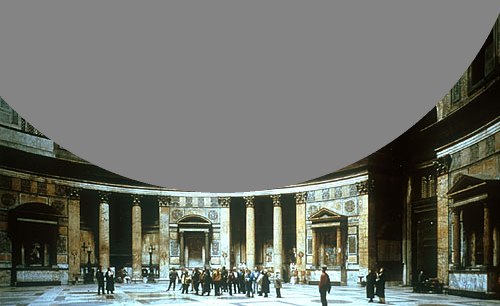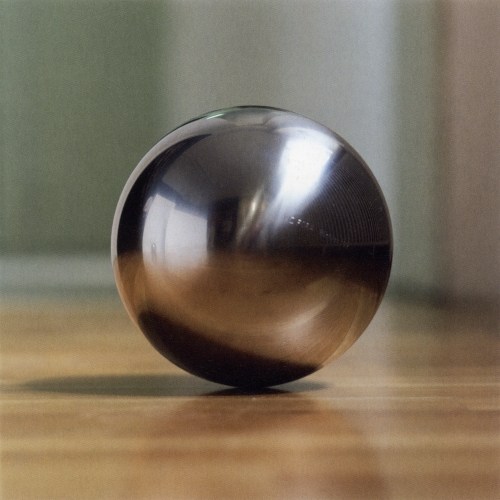I was looking up something else entirely when I came across this post at the travel blog, Rome the Second Time, an architecture professor explaining how giant balls are a “very fascist” architectural element, which were popular starting in the 1920s.
The photo above is of a fascist-era housing complex in Garbatella, for example, and there are several more great examples.

Which, on the one hand, good to know, because seven years ago, when I first mapped out the world for places that could accommodate showing a 100-foot-diameter satelloon as an art object, the Pantheon in Rome was one of only a handful of possibilities. In concept, in fact, it seems like it’d be the perfect choice. [Eventually the Grand Palais in Paris joined the list, too.] But if spheres read to Romans as fascistic artifacts, you’d need to take that into account.

The perfection the fascists loved also made Gerhard Richter very skeptical of spheres. He complained that with spheres it’s “impossible to get any closer to perfection,” and so you stop. Except when you don’t; 16 years after he said this Richter created his own shiny steel sphere editions.
The Balls of Rome [romethesecondtime]
previously:
If I Were A Sculptor, But Then Again…
Les Sateloons du Grand Palais
Shiny Balls by Gerhard Richter
Skip to content
the making of, by greg allen
